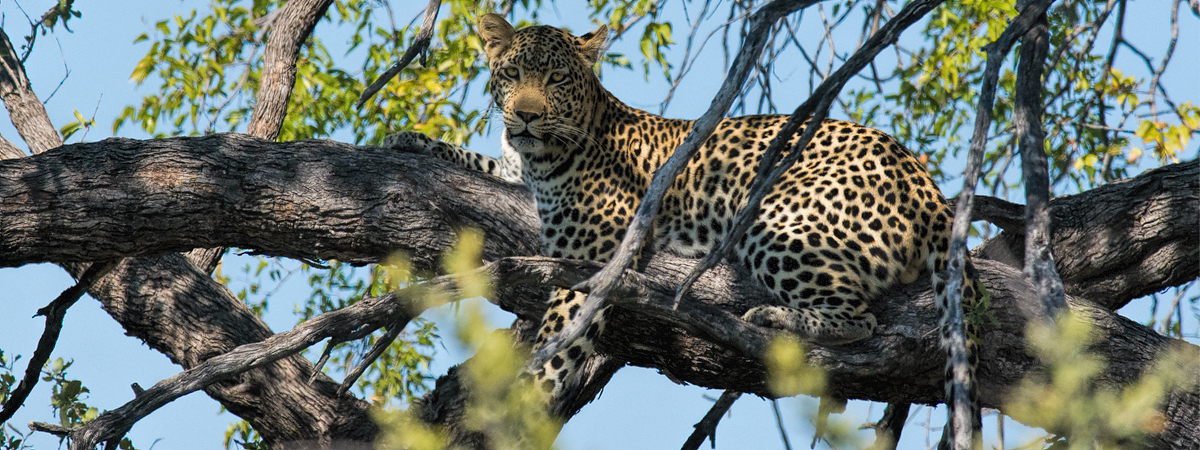Great Migrations
You’ve probably heard of the annual wildebeest migration in Kenya & Tanzania, but there are lots of other wildlife migrations and events taking place during the year.
We can help you include one of these amazing natural spectacles in your safari itinerary.
Wildebeest
Over one million wildebeest migrate through Tanzania and Kenya each year in search of food. If you are in the thick of it, there are wildebeest as far as you can see in every direction
Wildebeest calves are born in the rainy season during a short 3-4 week period in late January, February, or early March. The calving takes place in Tanzania in the Ndutu region of southern Serengeti and the Ngorongoro Conservation areas.
In April and May the herds start to migrate north in their thousands into the central area of Serengeti, from there they follow the Mbalageti River through the Western Corridor during June and July before crossing into Kenya’s Masai Mara.
River crossing take place on the Grumeti River and the Mara River.
The crossings are dangerous for the herds as the river is teeming with crocodiles just waiting to pick off the stragglers, and if the water is high that year, the danger of drowning is another hazard.
The herds remain on the plains of Masai Mara until late October when they start making their way southwards back though the Serengeti to the calving grounds.
A smaller wildebeest migration between Angola & Zambia
Although it is the most famous, the Serengeti / Masai Mara migration is not the only wildebeest migration; each year around November between 20,000 – 30,000 wildebeest migrate from Eastern Angola to Liuwa Plains in Western Zambia, returning again in May & June.
Zebras
Approximately 300,000 zebras move along the same route as the wildebeest between Tanzania & Kenya but there is another zebra migration that takes place in central and northern Botswana as around 20,000 zebras move with the rain between the grasslands of the Makgadikgadi Salt Pan in the Kalahari Desert and the Boteti River or Okavango Delta.
Flamingoes
Large flocks of flamingoes migrate between Tanzania’s alkaline lakes, moving from lake to lake in search of food. They can typically be seen at Lake Manyara between January and March, then again between June and September.
Bats
Enticed by the seed-rich fruits that fill the trees towards the end of October, large colonies of fruit bats start to arrive at the lush swamp forest of Kasanka National Park in Zambia. A few weeks later, more than eight million of these creatures take over a space no larger than a hectare until early January.
Whales
The coasts of Western Cape are a great place to see migrating whales as they swim very close to the shore between mid July and October each year.
As well as being able to take whale watching trips by boat, these massive marine mammals often come close enough to be seen clearly from the shore, especially at Hermanus in Western Cape.

